-
 Bitcoin
Bitcoin $117400
1.88% -
 Ethereum
Ethereum $3867
5.29% -
 XRP
XRP $3.081
2.58% -
 Tether USDt
Tether USDt $1.000
0.03% -
 BNB
BNB $779.7
0.92% -
 Solana
Solana $171.8
2.11% -
 USDC
USDC $0.9999
0.01% -
 Dogecoin
Dogecoin $0.2172
5.80% -
 TRON
TRON $0.3413
1.41% -
 Cardano
Cardano $0.7641
3.06% -
 Hyperliquid
Hyperliquid $39.69
3.62% -
 Sui
Sui $3.731
6.73% -
 Stellar
Stellar $0.4125
3.55% -
 Chainlink
Chainlink $18.23
8.86% -
 Bitcoin Cash
Bitcoin Cash $579.5
1.41% -
 Hedera
Hedera $0.2538
4.02% -
 Ethena USDe
Ethena USDe $1.001
0.00% -
 Avalanche
Avalanche $22.81
2.82% -
 Litecoin
Litecoin $121.7
1.10% -
 UNUS SED LEO
UNUS SED LEO $8.962
-0.33% -
 Toncoin
Toncoin $3.324
2.94% -
 Shiba Inu
Shiba Inu $0.00001263
2.30% -
 Uniswap
Uniswap $10.24
4.95% -
 Polkadot
Polkadot $3.780
3.09% -
 Dai
Dai $1.000
0.03% -
 Bitget Token
Bitget Token $4.432
1.64% -
 Cronos
Cronos $0.1493
3.87% -
 Monero
Monero $256.7
-9.05% -
 Pepe
Pepe $0.00001092
3.99% -
 Aave
Aave $279.0
6.11%
What are Kraken's trading fees
Kraken uses a tiered fee model based on 30-day trading volume, with maker fees as low as 0.00% and taker fees starting at 0.26%, decreasing as volume increases.
Aug 07, 2025 at 10:43 pm
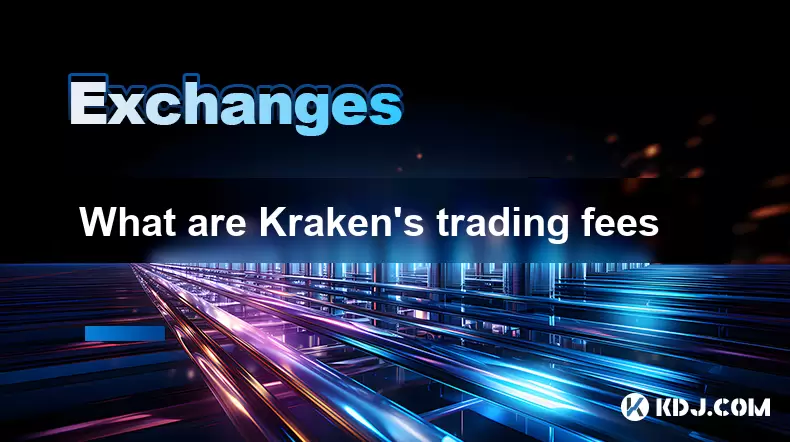
Understanding Kraken’s Fee Structure
Kraken, one of the longest-standing cryptocurrency exchanges, employs a tiered fee model based on trading volume and account type. The platform distinguishes between maker and taker fees, which are standard across most exchanges. Makers add liquidity to the order book by placing limit orders that don’t immediately execute, while takers remove liquidity by fulfilling existing orders, typically through market orders. These distinctions directly influence the fee rates applied.
- Maker fees are generally lower to incentivize users to provide liquidity.
- Taker fees are slightly higher since they consume existing orders.
- Fees are calculated based on 30-day trading volume in USD equivalent.
- All fee rates are denominated in USD, regardless of the traded pair.
Kraken offers multiple account tiers, including Starter, Intermediate, Pro, and Kraken Institutional. Each tier corresponds to different volume brackets and fee schedules. For example, a user with over $50,000 in monthly volume qualifies for lower rates than someone trading under $1,000.
Standard Trading Fees for Retail Users
For individual traders using the standard Kraken platform (not Kraken Pro), fees are structured as follows based on 30-day volume:
- For users with less than $50,000 in volume, maker fees start at 0.16% and taker fees at 0.26%.
- As volume increases, fees decrease incrementally. At the $10 million+ tier, maker fees drop to 0.00% and taker fees to 0.10%.
- Certain stablecoin pairs, such as USDC/USD or USDT/USD, may have reduced or zero fees due to high liquidity.
- Fees apply to both buy and sell transactions, and are deducted from the executed trade amount.
Kraken displays fee estimates directly on the trading interface before order confirmation. Users can toggle between spot trading, margin, and futures to view applicable fees for each service. It’s important to note that futures trading on Kraken Futures operates under a separate fee schedule, typically more competitive to attract active traders.
Kraken Pro Fee Advantages
Kraken Pro is a professional trading interface offered by Kraken with lower latency and advanced order types. Despite being a separate platform, it shares the same underlying fee structure but often provides better execution and reduced fees due to higher trading volumes.
- Users automatically benefit from volume-based discounts when trading across both Kraken and Kraken Pro.
- API trading on Kraken Pro is fee-neutral; no additional charges apply for automated trading.
- The Pro platform supports post-only limit orders, which qualify for maker fees if they don’t cross the spread.
- Traders using iceberg or hidden orders still pay standard maker or taker rates depending on execution.
To ensure eligibility for the lowest fees, users must maintain consistent trading volume. Volume is aggregated across all account types under the same verified identity, including sub-accounts used in institutional setups.
Fee Discounts and Staking KRK
Kraken previously introduced fee discounts for staking the now-defunct KRW token, but this program has been discontinued. Currently, there is no native Kraken token (KRK) that provides fee reductions. Unlike some exchanges that offer utility tokens like BNB or FTT, Kraken does not operate a token-based rebate system.
- Fee reductions are solely based on trading volume.
- No staking, holding, or subscription models currently influence fee rates.
- Institutional clients may negotiate custom fee schedules based on volume commitments.
Users should be cautious of misinformation suggesting Kraken offers token-based discounts. The official Kraken blog and fee schedule page confirm that no token confers trading fee benefits at this time.
How to Check Your Current Fee Rate
To view your real-time fee tier on Kraken, follow these steps:
- Log in to your Kraken account.
- Navigate to the "Funding" tab in the top menu.
- Select "Fee Schedule" from the dropdown.
- The page displays your 30-day trading volume and current maker/taker rates.
- Rates are broken down by asset pair and trading pair category.
- Users can filter by spot, margin, or futures to see relevant fees.
The fee schedule updates dynamically as your volume changes. For example, if you execute a large trade today, your tier may improve tomorrow once the volume is recalculated. Kraken uses UTC time for all volume tracking, so timing of trades can slightly affect monthly totals.
Withdrawal and Deposit Fees
While trading fees are central to cost analysis, deposit and withdrawal fees also impact overall expenses. Kraken’s policy varies by asset:
- Crypto deposits are free for all supported coins.
- Fiat deposits via bank transfer (SEPA, SWIFT, ACH) may incur fees depending on region and method.
- Crypto withdrawals have network-based fees, which Kraken sets to cover miner or validator costs.
- Withdrawal fees are displayed before confirmation and can be viewed under "Withdrawal Fees" in the Funding section.
For example, withdrawing Bitcoin (BTC) may cost 0.0005 BTC, while Ethereum (ETH) withdrawals are around 0.005 ETH. These fees are not static and may adjust with network congestion.
Frequently Asked Questions
Does Kraken charge fees for canceling orders?
No, Kraken does not charge any fees for placing or canceling limit orders. Only executed trades incur maker or taker fees. This allows traders to adjust strategies without financial penalty.
Are fees different for margin trading?
Yes, margin trading on Kraken has a separate fee structure. While spot trading fees apply to the base transaction, margin trades may have slightly higher taker fees and include financing rates for borrowed funds. These rates are disclosed on the margin trading interface.
How does Kraken calculate 30-day trading volume?
Kraken aggregates all executed trades across your account, converting them to USD value at the time of trade. This includes spot, margin, and futures trades. The total is updated daily and resets every 30 days on a rolling basis.
Can I reduce fees by using a specific payment method?
No, payment methods do not affect trading fees. Whether you fund your account via bank transfer, wire, or crypto deposit, the trading fee rate depends only on volume. However, funding via crypto avoids potential fiat deposit fees.
Disclaimer:info@kdj.com
The information provided is not trading advice. kdj.com does not assume any responsibility for any investments made based on the information provided in this article. Cryptocurrencies are highly volatile and it is highly recommended that you invest with caution after thorough research!
If you believe that the content used on this website infringes your copyright, please contact us immediately (info@kdj.com) and we will delete it promptly.
- Pi Coin's dApp and AI Potential: Building a Decentralized Future
- 2025-08-08 02:30:12
- Ruvi AI Takes the Lead: Outshining Dogecoin on CoinMarketCap
- 2025-08-08 02:50:12
- Cryptos Under $1: Is Ripple Still the King?
- 2025-08-08 03:50:12
- Cold Wallet, Bonk Price, ICP Price: Navigating the Crypto Landscape in 2025
- 2025-08-08 03:56:12
- Memecoins, Low-Cap Gems, and the Hunt for 10,000x Gains: What's Next?
- 2025-08-08 02:50:12
- Bitcoin, Greenidge, and Liquidity: Navigating the Crypto Currents in NYC
- 2025-08-08 02:30:12
Related knowledge

How to deposit USD on Bitstamp
Aug 07,2025 at 05:18pm
Understanding Bitstamp and USD DepositsBitstamp is one of the longest-standing cryptocurrency exchanges in the industry, offering users the ability to...

How to find my transaction ID on Gemini
Aug 08,2025 at 12:50am
Understanding the Transaction ID in Cryptocurrency ExchangesA transaction ID (TXID) is a unique alphanumeric string that identifies a specific transfe...
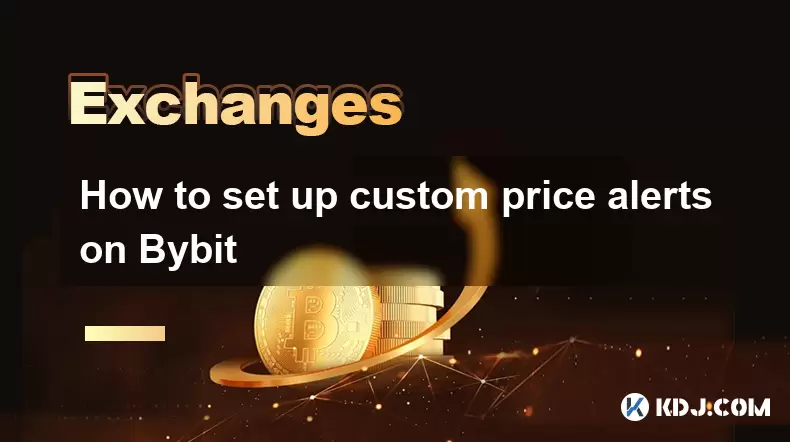
How to set up custom price alerts on Bybit
Aug 07,2025 at 04:31pm
Understanding Price Alerts on BybitPrice alerts on Bybit are essential tools for traders who want to stay informed about significant price movements i...
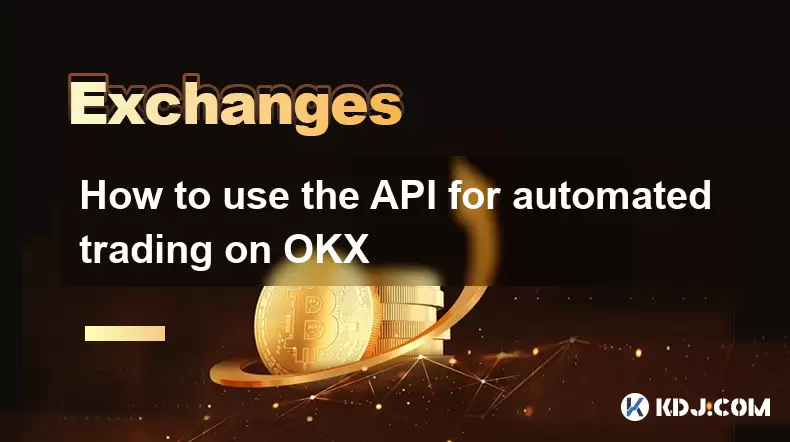
How to use the API for automated trading on OKX
Aug 07,2025 at 05:21pm
Understanding the OKX API for Automated TradingThe OKX API provides a powerful interface for users to automate their trading strategies, access real-t...
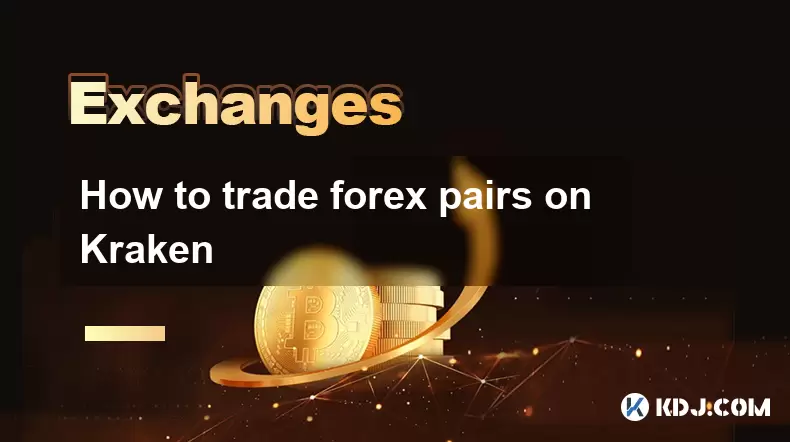
How to trade forex pairs on Kraken
Aug 07,2025 at 11:49pm
Understanding Forex Pairs on KrakenKraken is primarily known as a cryptocurrency exchange, but it also supports select forex pairs through its Kraken ...
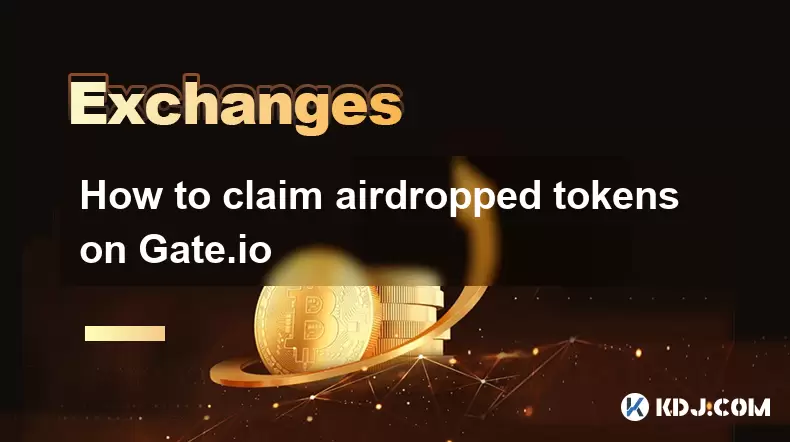
How to claim airdropped tokens on Gate.io
Aug 07,2025 at 04:01pm
Understanding Airdropped Tokens on Gate.ioAirdropped tokens are digital assets distributed for free by blockchain projects to promote awareness, incen...

How to deposit USD on Bitstamp
Aug 07,2025 at 05:18pm
Understanding Bitstamp and USD DepositsBitstamp is one of the longest-standing cryptocurrency exchanges in the industry, offering users the ability to...

How to find my transaction ID on Gemini
Aug 08,2025 at 12:50am
Understanding the Transaction ID in Cryptocurrency ExchangesA transaction ID (TXID) is a unique alphanumeric string that identifies a specific transfe...

How to set up custom price alerts on Bybit
Aug 07,2025 at 04:31pm
Understanding Price Alerts on BybitPrice alerts on Bybit are essential tools for traders who want to stay informed about significant price movements i...

How to use the API for automated trading on OKX
Aug 07,2025 at 05:21pm
Understanding the OKX API for Automated TradingThe OKX API provides a powerful interface for users to automate their trading strategies, access real-t...

How to trade forex pairs on Kraken
Aug 07,2025 at 11:49pm
Understanding Forex Pairs on KrakenKraken is primarily known as a cryptocurrency exchange, but it also supports select forex pairs through its Kraken ...

How to claim airdropped tokens on Gate.io
Aug 07,2025 at 04:01pm
Understanding Airdropped Tokens on Gate.ioAirdropped tokens are digital assets distributed for free by blockchain projects to promote awareness, incen...
See all articles

























































































